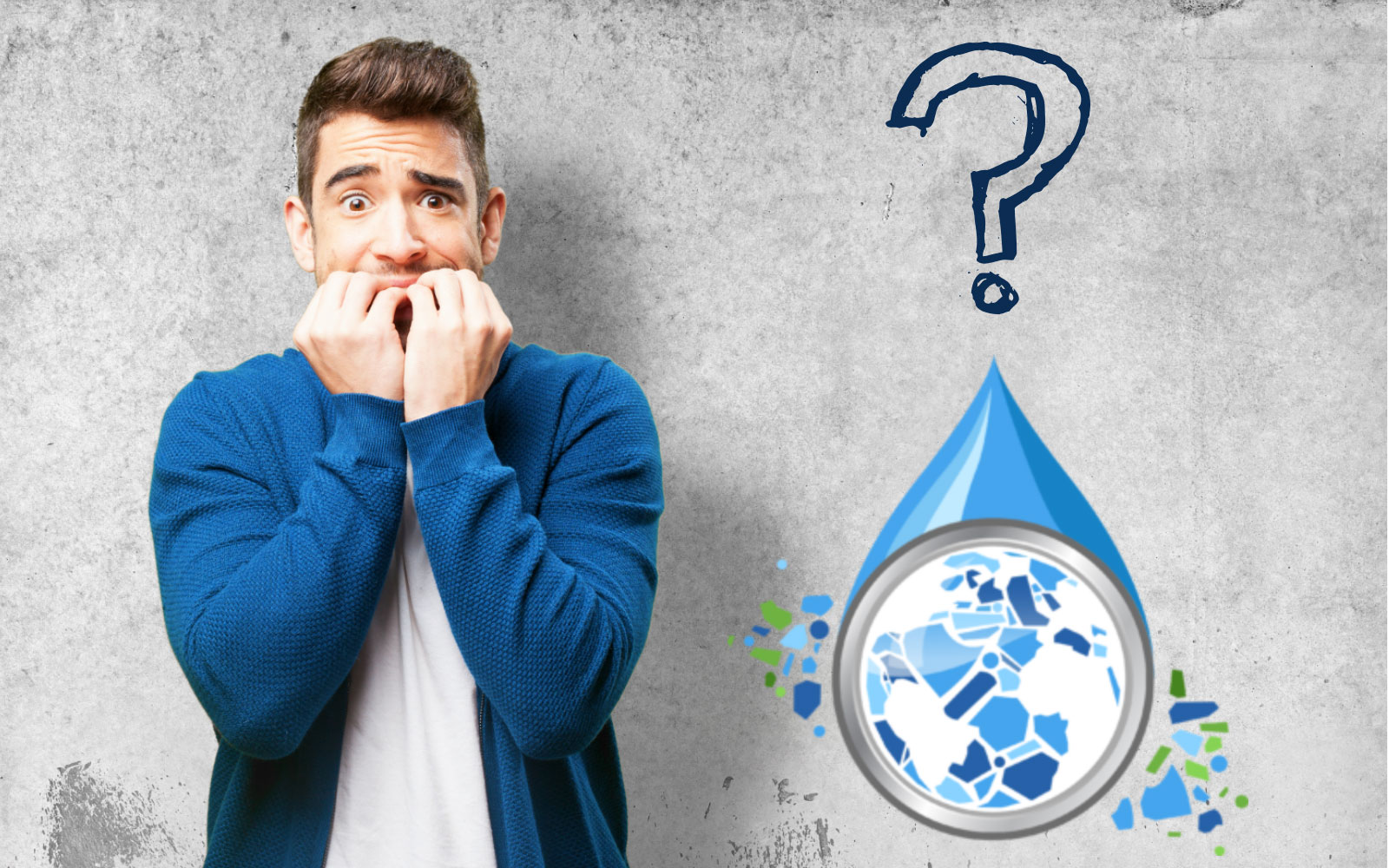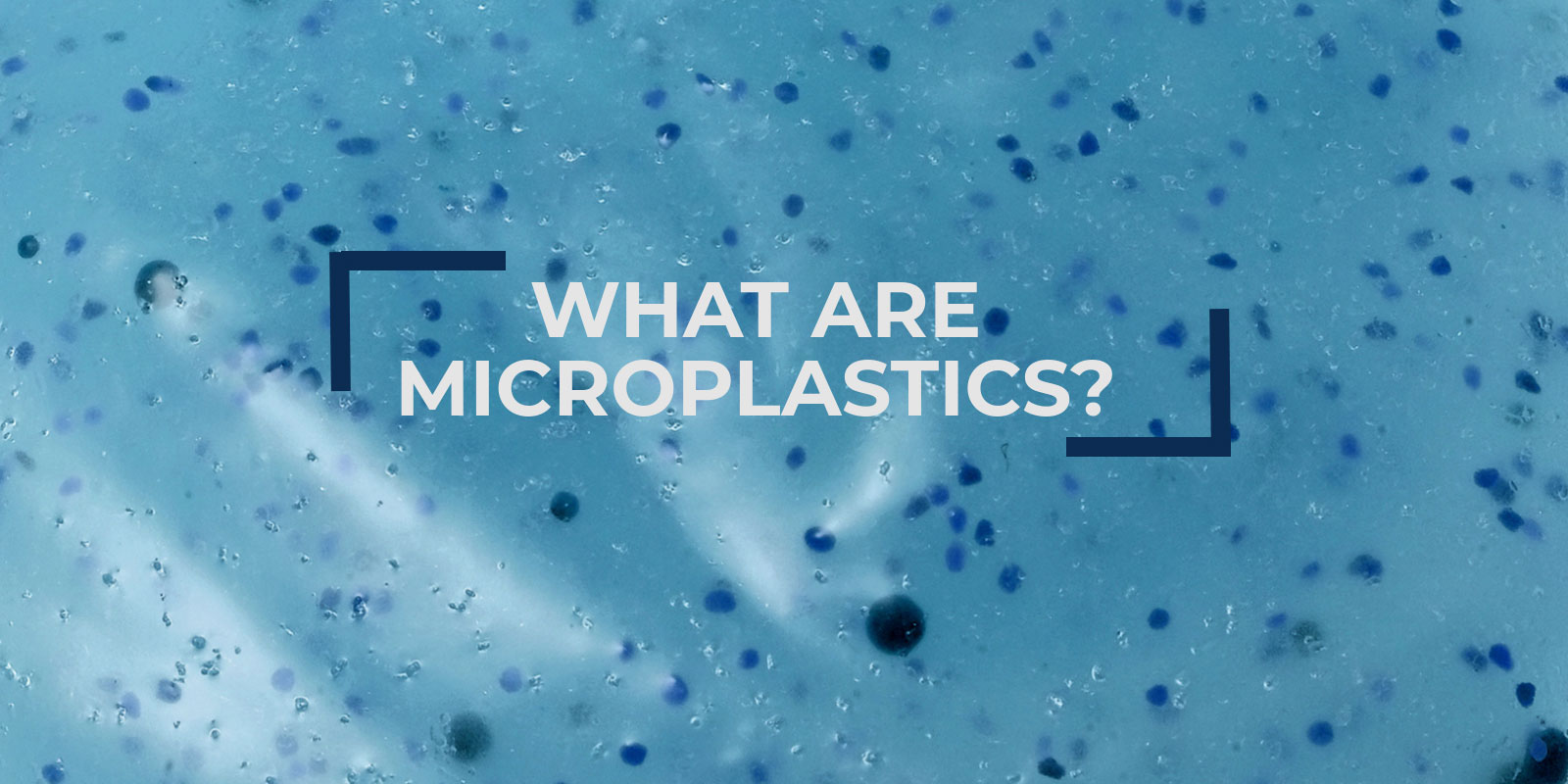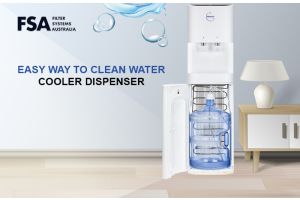
All of us are already aware of the constantly growing global plastic pollution that is harshly affecting the marine life. From the stomachs of seabirds to the depths of the ocean, one can find plastics everywhere. However, the worst part about plastic crisis is that it has not only affected the marine life, but these polluted particles are entering human bodies as well. Though it is still not discovered whether the particles of microplastic are actually affecting human health, there’s no harm in taking preventive measures to protect yourself from microplastics.
What are microplastics?

They are a smaller version of plastics that are created by the degradation of large items and remains in the environment. Microplastics are also deliberately produced for industrial use by manufacturers. While some people are concerned about how microplastic waste discarded or created by humans is affecting aquatic life, a lot aren’t yet aware of the harmful effects of microplastics in humans.
Researchers and scientists have discovered that microplastics are not limited to marine life and are entering human body as well. However, it has not been proven yet that these polluted particles can actually affect human health.
So, do we really need to be concerned about microplastics entering our bodies? Do microplastics have the ability to affect human health the same way they do marine animals? Though there are no clear answers to these questions yet, what best you can do is to take strict actions to prevent and safeguard yourself from harmful effects of microplastics in your body.
Why microplastics are a concern?

Microplastic particles are tiny enough in nature to be easily carried by the wind and be dropped on water bodies like oceans, rivers. Unfortunately, these tiny particles sometimes make it through our filtration processes and tap water as well.
But, are microplastics dangerous to human?
It is a fact that we all are aware of, that there are certain impurities and contaminants in water. That’s the reason why we filter water before drinking. While there are varied advanced systems to treat water, there are only a few designed to eliminate microplastics from the water and other just fail to remove it.
The health risks to humans

One of the most critical risks associated with microplastics stem from the fact that they pass through wastewater plants, picking up harmful bacteria which they carry along with them. Ingesting these plastics may mean ingesting bacteria, which can lead to bacterial infection and consequently, disruption of the normal bodily functions and development of all kinds of illness.
Apart from the bacterial issue, plastics have a lot of chemicals in it and there is a probability these chemicals may be released in our body. In higher concentrations, these toxic chemicals can put you at a higher risk of any health issues.
Effects of microplastics on the environment
Now that you know how microplastics can affect human health, it would be helpful to understand how they affect our environment.
When microplastics are carried by the wind, they make their way through many places as we already discussed earlier. Due to this, these small particles become a source of toxic chemicals and have harmful effects on human as well as marine life, thus, affecting the environment in a major way.
Knowing how microplastics affect human health, marine life and the environment alone won’t help. You need to discover and put in place appropriate solutions to remove microplates from your water. Read on to know how you can do it.
The smallest microplastics in tap water as measured by Orb were about 2.5 micrometres. Knowing the size of microplastics present in your water is important to determine the right type of filtration system for water treatment.
Common water filters that can help to remove microplastics of the aforementioned size are:
GRANULAR ACTIVATED CARBON FAUCET FILTERS: These filters eliminate dangerous particles down to 5 micrometres, hence remove most microplastics from drinking water.
CARBON BLOCK FAUCET FILTERS: These are the most efficient filters to eliminate bad taste, chlorine and lead. Moreover, remove impurities down to 2 micrometres.
REVERSE OSMOSIS FILTERS AND ION EXCHANGE: They are expensive and require a lot of maintenance. They can remove contaminants down to 0.001 micrometres and will remove all microplastic.
Amongst these options, carbon block filters are a common choice for those looking for an affordable yet efficient filter to remove microplastics.
Consequently, “can microplastics actually affect human health?” – the research is still going on. However, the number of news reports have been increasing day by day stating, microplastics present in human body is a matter of concern. If scientists happen to prove that microplastics have an adverse effect on human health, most would be looking for an effective solution to treat water. But what if it’s too late to avoid the risks? That is why we advise you to already find and install a suitable quality water filter in your house that will protect you from hazards of microplastic-polluted water.
We, at Filter System Australia, proudly supply domestic and commercial water filtration systems and are specialised in providing high alkaline, portable water filter for caravans, renters and people on the move. If you are searching for a benchtop water filter or any other kind, get in touch with our team to discuss your needs in detail and find the best water filter for your budget and requirements.
The experienced professionals at FSA can also suggest you a variety of water filters to remove microplastics and other contaminants from your drinking water.
Drink healthy and Stay healthy.



